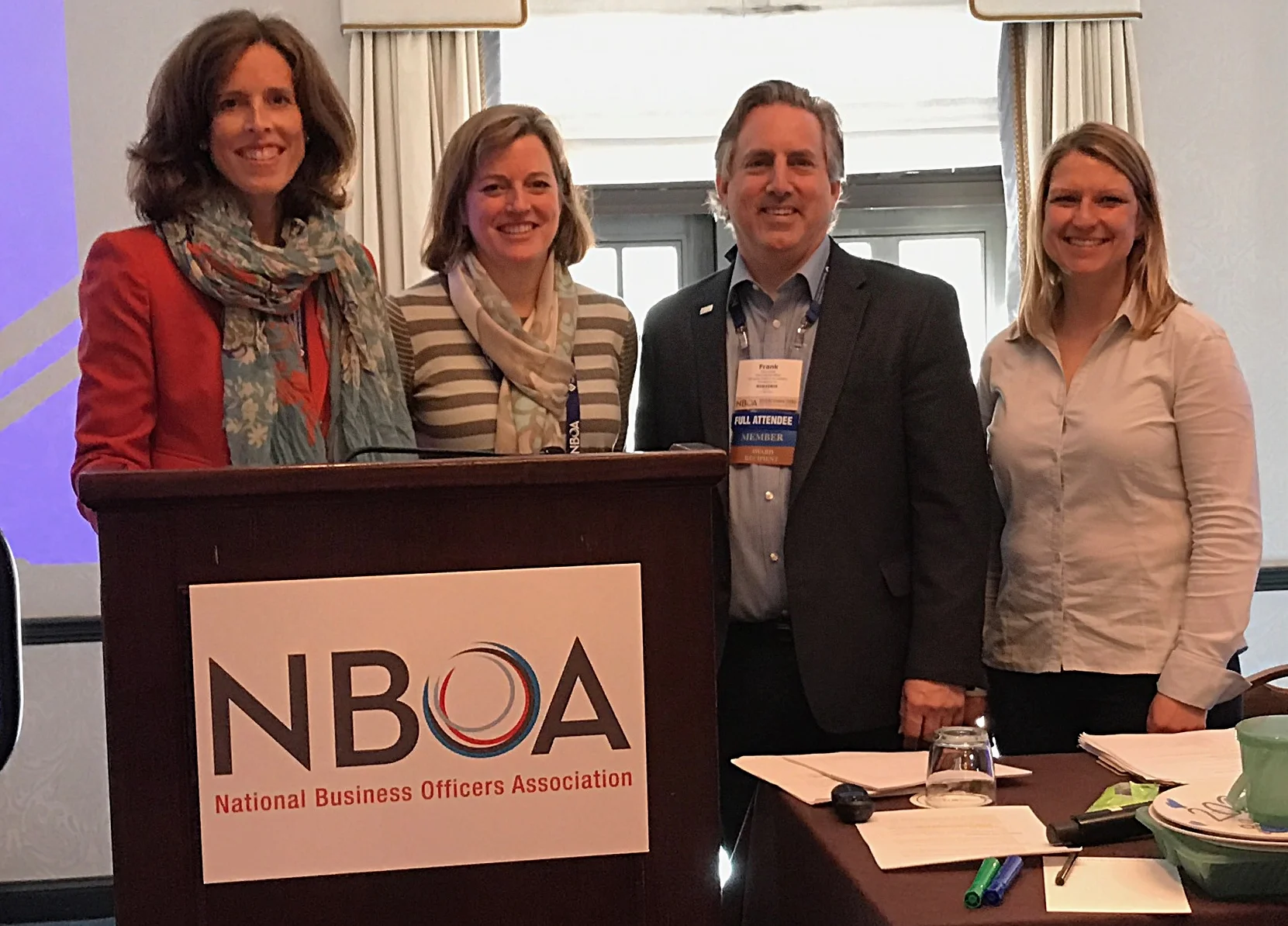Every day, the average American produces 4.9 pounds of trash — a staggering amount that contributes to overflowing landfills and environmental harm. A significant portion of this waste comes from food. In fact, 30-40% of the U.S. food supply is wasted, the equivalent of bringing home three grocery bags and tossing one straight into the trash.
By making small changes, we can reduce waste, save money and help protect the planet. Let's make every day Earth Day, starting with what's on our plates.






